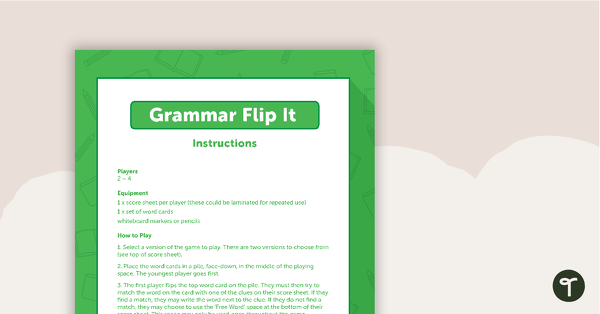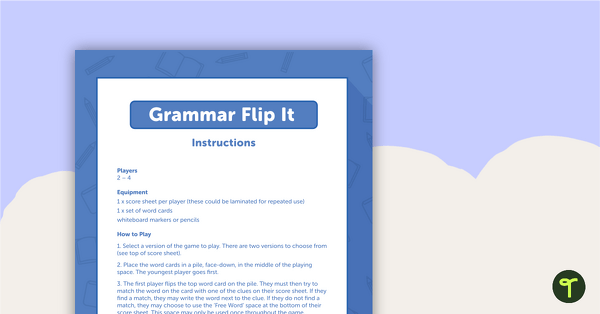Practise building CVC words with this 25 slide interactive activity.
What Are CVC Words?
CVC words are a foundational aspect of early literacy instruction, standing for ‘consonant-vowel-consonant.’ They refer to simple three-letter words where a consonant is followed by a vowel and then another consonant. Examples of CVC words include ‘cat,’ ‘dog’ and ‘sit.’ These words are often introduced to young learners as they begin to develop their phonemic awareness and decoding skills. Teaching CVC words helps children understand the relationship between letters and sounds as they learn to blend individual sounds together to form words. Mastering CVC words is a critical step in learning to read, as it provides a solid framework for building more complex words and sentences later on. Educators can effectively support their students’ early literacy development by incorporating activities and exercises focused on CVC words into instruction.
How to Use This CVC Word Building Resource
This resource is an interactive activity; therefore, no paper is required! Simply click the download button and choose between the resource’s Google Slide or PowerPoint version. Students will look at the picture and say the word. Then, they will sound out the word, finding each letter that matches the sound and dragging it into the place underneath the picture. When they are finished building the word, they will check their work by sounding out the word they have built to ensure it matches the picture on the slide. When complete, they will advance to the next slide. This activity provides 24 images for them to practise building!

This activity can also be used as a whole-class activity when teaching C-V-C words to your students. Work through the slides together as a class or have individual students come to the board and drag the letters into place using a Smartboard.
CVC Words List & Ways to Use Them
Looking for a list of CVC words to use with your students? Look no further. Here is a list of 20 common CVC words that you can use in your CVC lessons with your students.
- cat
- dog
- sit
- pot
- man
- bat
- rug
- sun
- bed
- pig
- log
- hut
- van
- pen
- web
- box
- nut
- jam
- lip
- rat
Our teacher team at Teach Starter has developed 10 ways to use this list of CVC words in your classroom. By incorporating these varied approaches, you can cater to different learning styles and ensure your students develop a strong foundation in decoding and reading CVC words. Pick and choose the ones you think will be best for your students.
- Word Families: Introduce CVC words that belong to the same word family (e.g., -at family: cat, hat, rat) to illustrate how changing the initial consonant creates new words.
- Word Building: Provide students with letter tiles or magnetic letters to build CVC words on a magnetic board or on their desks. Encourage them to manipulate the letters to create different words.
- Sensory Activities: Use sensory materials such as sand, salt, or shaving cream for students to practise writing CVC words with their fingers, reinforcing muscle memory and kinesthetic learning.
- Picture-Word Matching: Display pictures representing CVC words and have students match them to the corresponding written words, reinforcing both reading and vocabulary skills.
- Read and Match: Create simple sentences using CVC words and have students match the sentence to a corresponding picture or draw the scene, reinforcing comprehension and contextual understanding.
- Word Hunts: Hide CVC word cards around the classroom or outdoor area for students to find. Once found, students can read the word aloud and use it in a sentence.
- Word Sorts: Provide students with a variety of CVC word cards and have them sort the words based on common characteristics such as the vowel sound or the ending consonant.
- Rhyming Activities: Encourage students to identify rhyming words within sets of CVC words, highlighting the phonemic patterns and reinforcing auditory discrimination skills.
- Story Creation: Collaboratively create simple stories using CVC words, allowing students to practise reading fluency and comprehension in a meaningful context.
- Word Walls: Display CVC words on a word wall in the classroom, encouraging students to refer to it during writing activities or for independent reading practise.
This resource was created by Lindsey Phillips, a Teach Starter Collaborator.
More CVC Worksheets
We know how important independent practise is regarding topic reinforcement, and we’ve got you covered! Here are some of our favourite CVC Worksheets for your students.

teaching resource
Phoneme Segmentation Worksheets - CVC Words
Use this worksheet pack to give students practice at segmenting words into phonemes.

teaching resource
CVC Word Chain Ladders - Worksheets
Build word chains with CVC words using this set of printable phonics worksheets.

teaching resource
Read, Find and Colour – CVC Words
Consolidate your students' decoding skills with this set of search and find worksheets.












It is possible to include a document which includes every letter of the alphabet. I understand they are the words that match the pictures, however, to provide further extension I would love it if kids then had the option of making further words etc...
Hi Kristina, Thanks for your feedback! Please feel free to request a resource at our 'Request a Resource' page. https://www.teachstarter.com/request-a-resource/ Requests are voted on by the Teach Starter community and we create the top requests. Please let me know if you have any further questions, I’m more than happy to help.